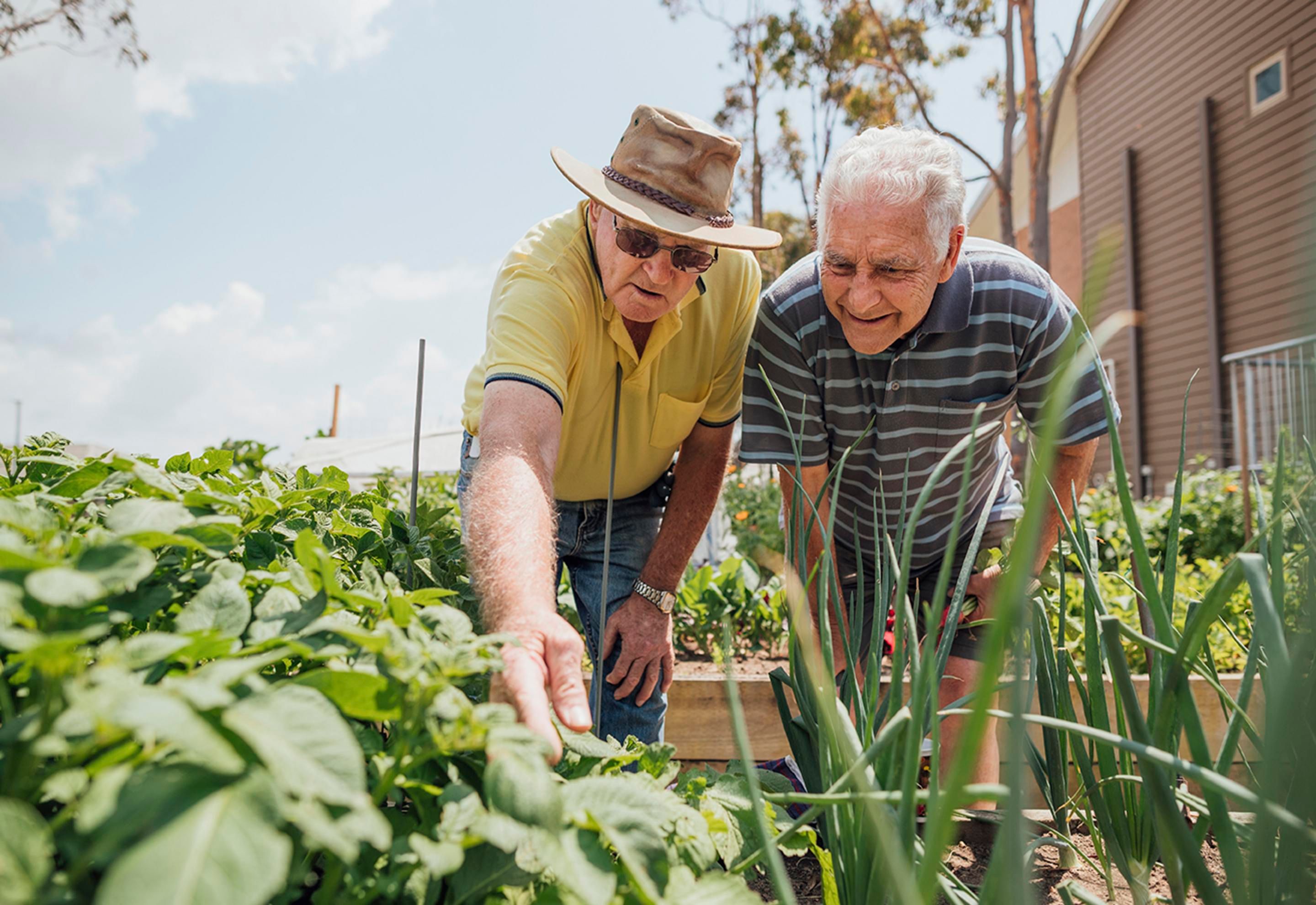How Do Lifestyle Villages Compare to Traditional Retirement Homes?

Choosing the right living arrangement for retirement is a significant decision that impacts your quality of life. As the population ages, the options for retirement living have expanded, offering a range of choices beyond the traditional retirement home.
Two popular options are lifestyle villages Waikato and traditional retirement homes. Each offers distinct features and benefits, catering to different needs and preferences. Here’s a comprehensive comparison to help you understand how lifestyle villages and traditional retirement homes stack up.
1. Understanding the Basics
Traditional Retirement Homes: Traditional retirement homes, also known as senior living communities or nursing homes, are designed for older adults who need assistance with daily activities. These facilities often provide varying levels of care, from basic assistance to more intensive medical support. Residents typically have access to on-site healthcare services and may have shared or private rooms.
Lifestyle Villages: Lifestyle villages, on the other hand, focus on providing an active and independent lifestyle for retirees. These communities offer a range of recreational and social activities, often in a resort-like setting. Residents usually live in their own private homes or apartments and have access to communal facilities such as swimming pools, gyms, and clubhouses.
2. Care and Support
Traditional Retirement Homes: One of the primary advantages of traditional retirement homes is the availability of on-site medical care. These facilities are equipped to handle residents with higher care needs, including those with chronic illnesses or disabilities. Care services can include medication management, physical therapy, and round-the-clock nursing care.
Lifestyle Villages: Lifestyle villages generally focus on promoting independence. While some may offer basic assistance or access to health services, they are not typically equipped for high-level medical care. Instead, they provide a supportive environment for those who can manage their own daily activities but seek social interaction and a vibrant community atmosphere.
3. Living Environment
Traditional Retirement Homes: The living environment in traditional retirement homes can vary widely. Some facilities offer a more institutional feel with shared living spaces, while others may provide more private accommodations. The emphasis is often on functionality and accessibility rather than luxury or style.
Lifestyle Villages: Lifestyle villages are designed to offer a more pleasant and engaging environment. Homes in these communities are usually well-maintained and may include modern amenities. The focus is on creating a comfortable and enjoyable living experience, with well-designed communal spaces that encourage social interaction and leisure activities.
4. Social and Recreational Opportunities
Traditional Retirement Homes: While traditional lifestyle villages Waikato homes may offer some social and recreational activities, the primary focus is on providing care. Activities are often tailored to the needs and abilities of residents and may be less varied compared to those in lifestyle villages.
Lifestyle Villages: Lifestyle villages excel in offering a wide range of recreational and social opportunities. Residents can participate in various activities such as arts and crafts, fitness classes, and group outings. These communities often have organised events, clubs, and hobby groups, fostering a strong sense of community and helping residents stay active and engaged.
5. Cost and Financial Considerations
Traditional Retirement Homes: The cost of traditional retirement homes can vary significantly based on the level of care required and the location of the facility. In general, these homes can be quite expensive, especially if extensive medical care is needed. Many facilities charge a monthly fee that covers accommodation, meals, and care services.
Lifestyle Villages: Lifestyle villages may offer a more cost-effective option for those who do not require high levels of medical care. Residents typically pay for their own private home or apartment and may have additional fees for communal facilities and services. Overall, the cost structure can be more flexible, depending on the level of amenities and services chosen.
6. Independence and Lifestyle
Traditional Retirement Homes: Residents of traditional retirement homes may have more limited independence due to the nature of the care provided. The focus is on ensuring safety and meeting daily needs, which can sometimes restrict personal freedom.
Lifestyle Villages: Lifestyle villages prioritise independence and personal freedom. Residents have their own private living spaces and can come and go as they please. The emphasis is on maintaining an active and fulfilling lifestyle, with the option to participate in communal activities and events.
Final Words
Both lifestyle villages Waikato and traditional retirement homes offer valuable options for retirees, each catering to different needs and preferences. Traditional retirement homes provide essential care and support for those with higher medical needs, while lifestyle villages focus on fostering independence and a vibrant community atmosphere.
When deciding between the two, consider factors such as your level of care required, desired living environment, and social interests. Ultimately, the best choice will depend on your individual needs and lifestyle preferences, ensuring a fulfilling and comfortable retirement.



Comments
Post a Comment